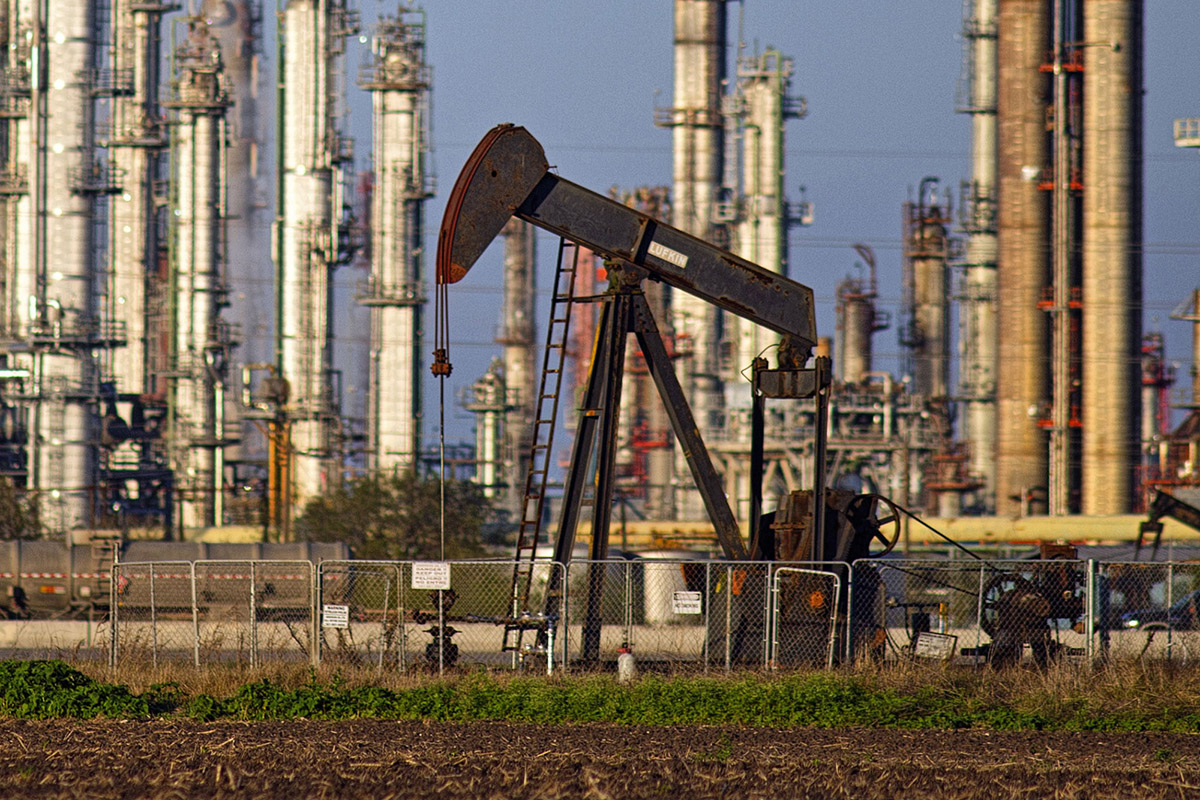How the world uses energy is a hot topic for a warming planet, and fears of pollution and resource strain have produced a virtual arms race of energy-efficiency strategies. From the European Union to China, economies are vowing to reduce their energy intensity with the help of technological innovations and legislative changes.
Yet, despite these promises, consumer demand for energy is forecast by the International Energy Agency to rise until at least 2040. With the world’s energy needs growing, how can policymakers guarantee supply?
To put it bluntly, the world has nothing to worry about when it comes to reserves. After 40 years of fearing energy shortages, we have entered an era of abundance. We need to guard against false narratives, not scarce resources.
The culprit of this storyline is the Club of Rome, a global think-tank that, in the 1970s, spurred energy anxiety with its absurd prophecies derived from questionable models. As devoted followers of Thomas Malthus and Paul Ehrlich, the club argued that bad things come from exponential growth, and good things from linear growth. This idea fueled the prediction that the world would run out of oil by 2000.
By adopting this nonsense dogma, developed countries enabled resource-rich authoritarian leaders like Muammar el-Qaddafi in Libya, and Ayatollah Ruhollah Khomeini in Iran, to use their oil reserves as tools to oppose the West – and particularly its support for Israel. This contributed to the oil shocks of the 1970s, and reinforced the erroneous perception that hydrocarbon reserves were even more limited, and largely confined to the Middle East.
Rapid advances in technology, particularly in the field of exploration and the ability to extract hydrocarbons in new places, eventually upended such narratives. Today’s energy “crisis” stems not from shortages, but from anxiety over pollution.
But this anxiety has not slowed our exploration habits. On the contrary, politics and international law, like the United Nations Convention on the Law of the Sea, have been adapted to enable discovery. Consider, for example, the Rovuma gas field off the coast of Mozambique. Today, a consortium of international companies from countries including Italy and China is preparing production, and one of Africa’s poorest countries is set to reap huge rewards.
Similarly, Israel, once thought to be the only place in the Middle East without hydrocarbons, is sitting on 800 billion cubic meters of offshore gas reserves, more than 130 years of the country’s current annual gas consumption. Once a net energy importer, Israel today faces the very real challenge of exporting its gas bonanza.
But perhaps the biggest technology-driven upheaval for global energy markets in recent years has come from shale gas and shale oil production in the United States. At 8.8 million barrels per day, US oil production is now higher than that of Iraq and Iran combined. US shale gas is being delivered to Asia, Latin America, and parts of Europe. These markets were long locked up by Qatar, Russia, and Australia, but now the global liquefied natural gas (LNG) industry, like the oil market, has entered a period of overproduction.
Taken together, these developments have contributed to lower energy prices, and reduced the strength of OPEC. Furthermore, because LNG is favored by the transport sector (particularly freight and maritime shippers) for environmental reasons, the ability to use oil as a geopolitical weapon has disappeared. Iran was so desperate to ramp up its oil exports that it agreed to abandon its nuclear program (strikingly, the Iran nuclear deal mentions the word “oil” 65 times).
Wind and solar are often presented as alternatives to oil and gas, but they cannot compete with traditional sources for electricity generation. If they could, there would be no reason for the EU to support renewable energy production through legislation. Moreover, while wind and solar technologies generate electricity, the biggest energy demand comes from heating. In the EU, for example, electricity represents only 22% of final energy demand, while heating and cooling represents 45%; transportation accounts for the remaining 33%.
All of these factors help explain why fossil fuels, which currently meet more than 80% of the world’s energy needs, will remain the backbone of global energy production for the foreseeable future. This may not come as welcome news to those pushing for an immediate phase-out of hydrocarbons. But perhaps some solace can be gained from the fact that technological innovation will also play a key role in reducing the negative impacts on air and water quality.
Amid the global conversation about climate change, it is understandable that developed economies would promise significant gains in energy efficiency. But while the EU may be committed to reducing CO2 emissions, other signatories of the 2015 Paris climate agreement do not seem as resolute. It would not be surprising if most of the signatories actually raised their energy consumption in coming years, turning to fossil fuels because they cannot afford any other option.
Energy policy will remain on the agenda for advanced economies for many years to come. But as countries work to balance security of supply with environmental goals, they must also commit to getting their facts straight.
Samuele Furfari is a professor of the geopolitics of energy at Université libre de Bruxelles, and author of The Changing World of Energy and the Geopolitical Challenges.
Recommended stories:
